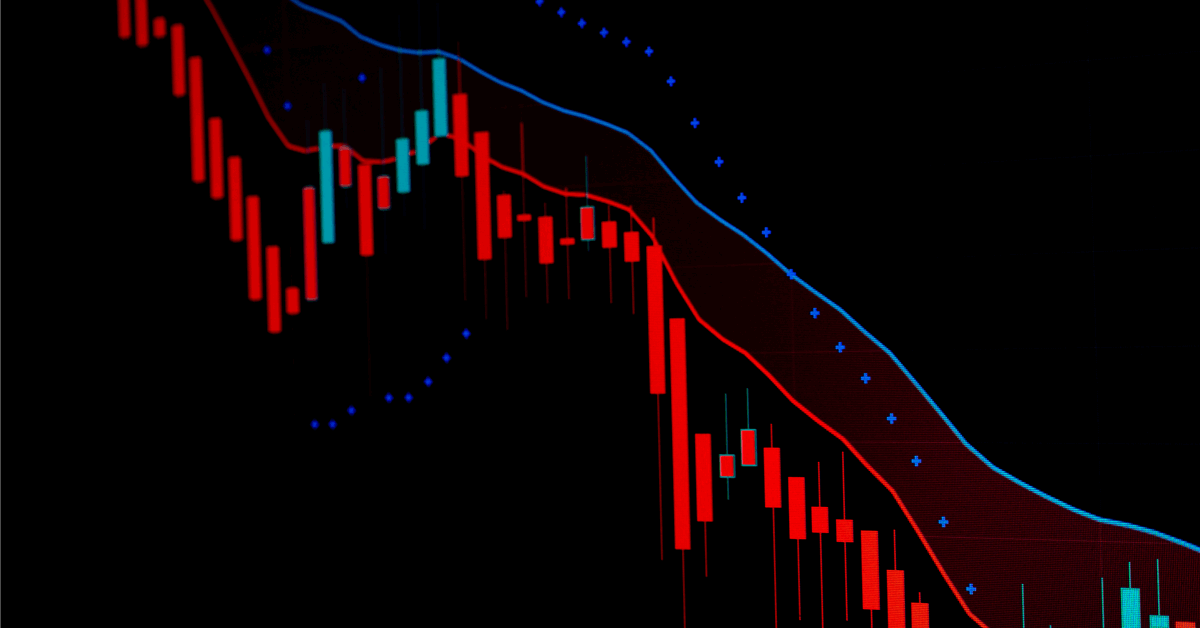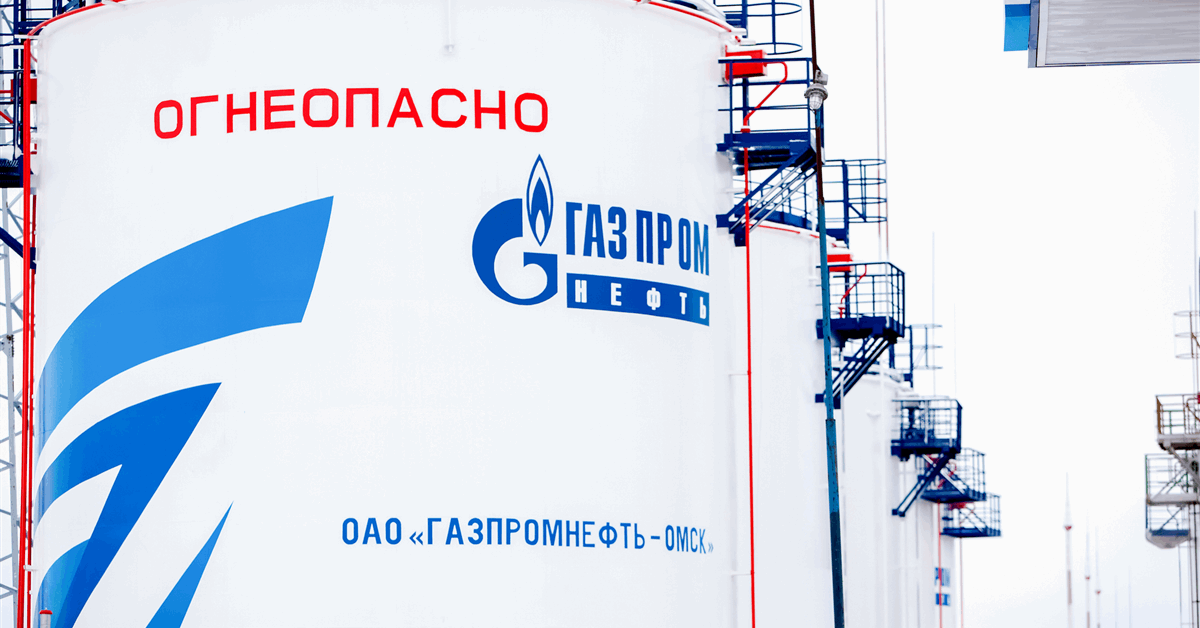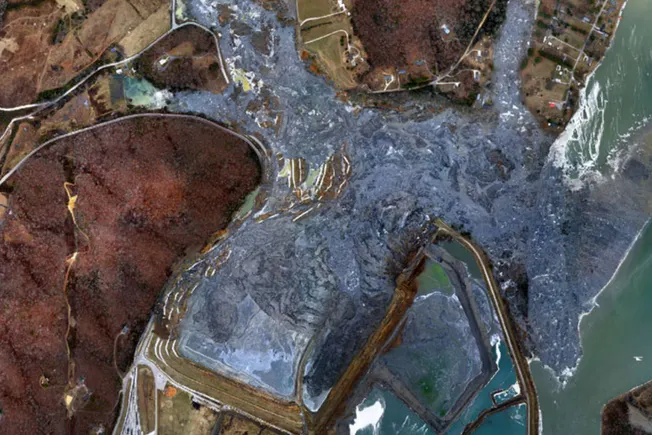
Oil declined on signals that OPEC+ will hike production again in November, tempering last week’s rally.
West Texas Intermediate fell 3.4% to settle near $63 a barrel, the biggest drop since June, while Brent closed below $70. The OPEC+ alliance led by Saudi Arabia is considering raising output by at least as much as the 137,000 barrel-a-day hike scheduled for next month, according to people familiar with the plans.
While such an increase could add supply to a market in which there’s already expected to be an excess, it would also bring further scrutiny to which of the group’s members are running into capacity limits.
“We view a repeat of the incremental 137,000-barrel-a-day addition for November as the most likely outcome,” RBC Capital Markets LLC analysts including Helima Croft wrote in a note, referring to the decision likely to be taken at the group’s Oct. 5 meeting.
“Given that many producers, excluding Saudi Arabia, have essentially hit their production ceilings, future OPEC+ supply increases will be materially lower than the announced headline numbers,” the analysts added.
Crude remains on track for monthly and quarterly gains, even as the Organization of the Petroleum Exporting Countries and its allies have been pursuing a strategy to reclaim market share rather than managing prices. Oil has been underpinned by robust buying for stockpiling in China, as well as on geopolitical tensions. Today’s slide also reflects a pullback from last week’s highs, when traders covered long positions ahead of the weekend to hedge against mounting threats to Russian energy infrastructure.
The International Energy Agency has projected a record oversupply in 2026 as OPEC+ continues to revive production, and as supply climbs from the group’s rivals. Goldman Sachs Group Inc., meanwhile, has said it sees Brent falling to the mid-$50s next year, despite crude stockpiling by China.
“The major forecasters are still looking for price weakness in the coming months and as long as the Russia focus does not turn into an actual disruption of supply, traders will at least in the short term struggle to build a bullish narrative, not least considering the risk of another OPEC+ production increase,” said Ole Hansen, head of commodities strategy at Saxo Bank.
In Iraq, meanwhile, flows via a pipeline that ships crude from the country’s northern region to a terminal in Turkey restarted in recent days after a halt of more than two years. Amer Al-Mehairi, director general of Iraq’s North Oil Co., said the resumption of exports along the conduit was continuing.
Elsewhere, President Donald Trump said Israeli Prime Minister Benjamin Netanyahu had agreed to a 20-point plan designed to stop fighting between Israel and Hamas. An end to the nearly two-years long was in the Middle East, the source of about a third of the world’s supplies, may siphon some war premium out of prices.
Oil Prices
- WTI for November delivery fell 3.5% to settle at $63.45 a barrel in New York.
- Brent for November settlement slid 3.1% to settle at $67.97 a barrel.
What do you think? We’d love to hear from you, join the conversation on the
Rigzone Energy Network.
The Rigzone Energy Network is a new social experience created for you and all energy professionals to Speak Up about our industry, share knowledge, connect with peers and industry insiders and engage in a professional community that will empower your career in energy.























